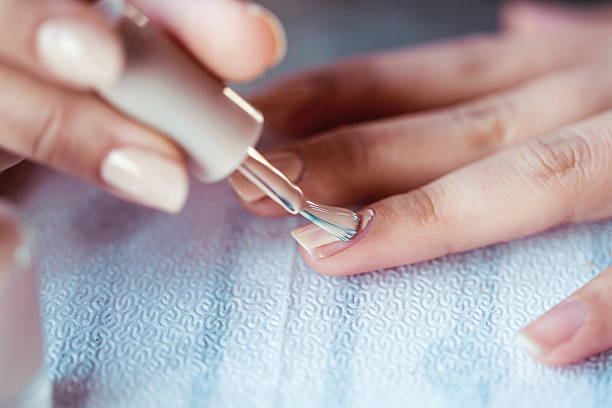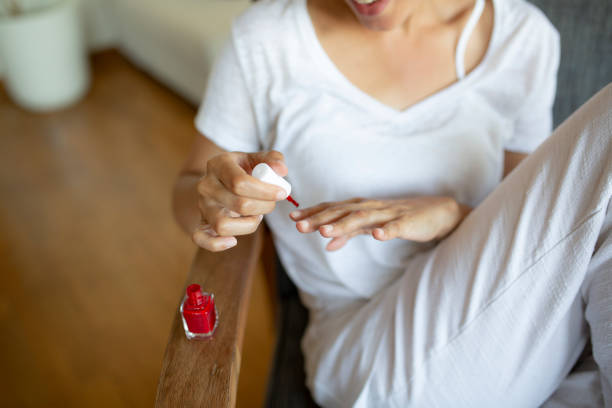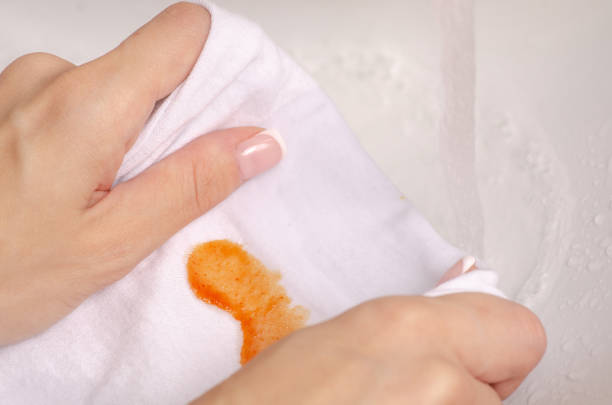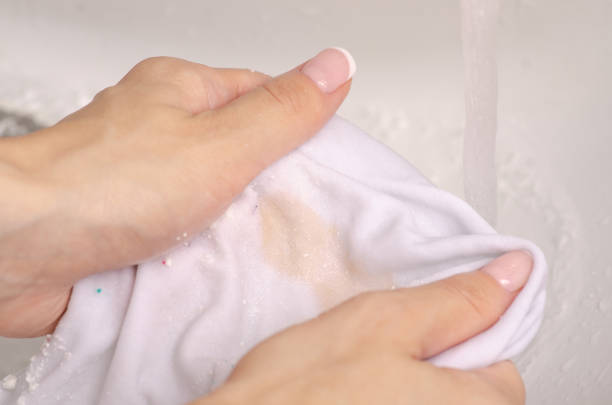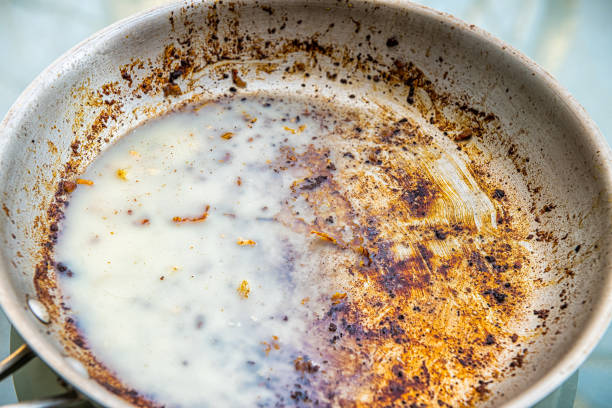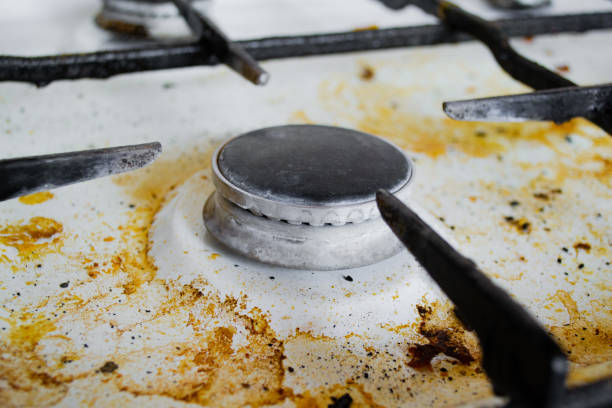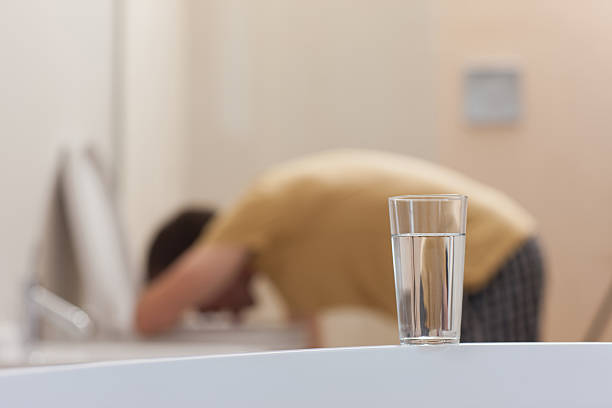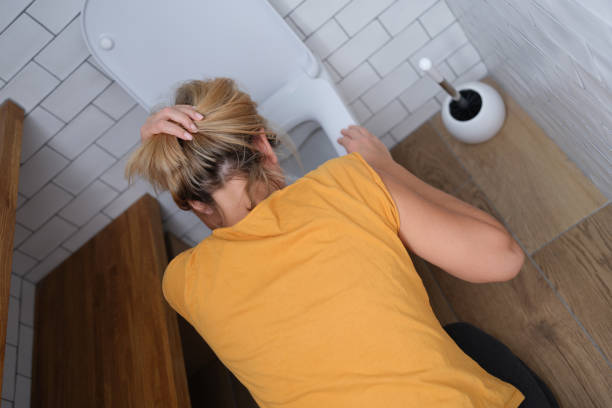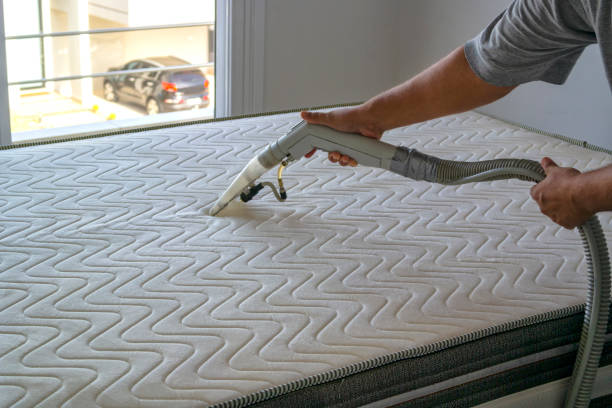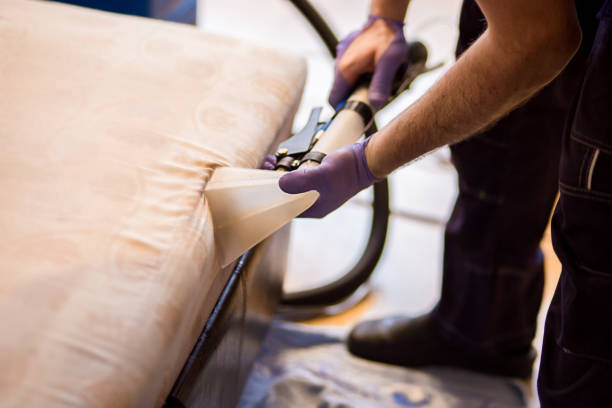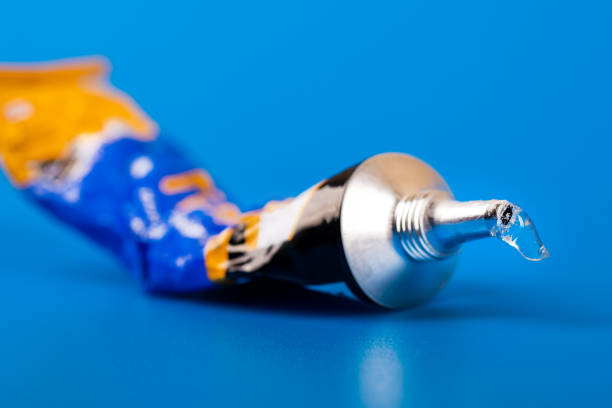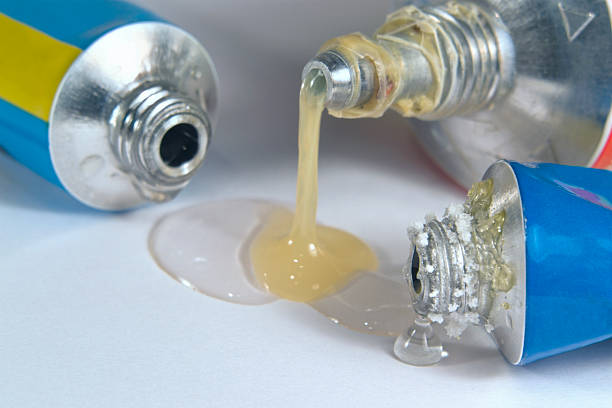Many tips for removing chocolate stains at a glance. Small children and babies especially love chocolate. Unfortunately, the little ones pay little attention to the fact that the delicious treat disappears completely in their mouth. The little hands are quickly smeared with soft chocolate mass, which is then unerringly distributed on the sofa, trousers, or car seat.
But chocolate stains usually look worse than they are. First of all, keep calm and act prudently. Many people tend to immediately rinse the chocolate stain under warm water. However, this is counterproductive and can allow the stain to penetrate even deeper into the fabric. With the right tips, you can almost always completely remove the annoying stains without having to resort to expensive stain removers or special cleaners.
General chocolate stain tips
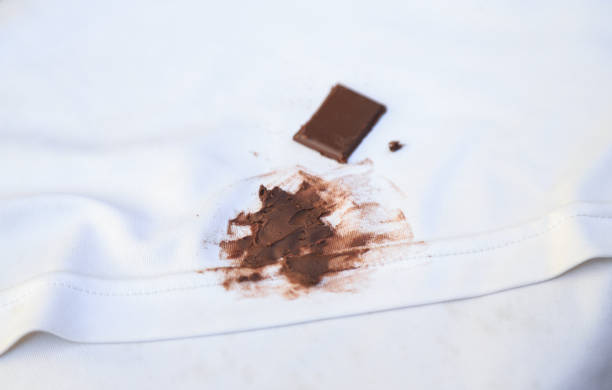
Depending on the type and amount of material the chocolate stain is on, you should use different stain removal procedures. However, there is one thing in common: In the beginning, you always remove the chocolate with the unsharpened back of a breakfast knife, regardless of the surface. Using gentle pressure, scrape off the excess chocolate mass with the knife without making the stain worse.
A large part of the contamination has already disappeared. What remains is a small residue and a grease stain. And this is the real problem with a stain treatment. You need the following things to completely remove chocolate stains:
- dinner knife
- gall soap
- cloth or sponge
- detergent
- possibly flour and salt
- possibly milk
- possibly potato flour
- possibly sparkling mineral water
- spirit of wine
Remove chocolate stains from clothing
Blouses, jeans, jackets, dresses, skirts, and T-shirts, in particular, are popular targets for chocolate stains. Be sure to remove the garment for cleaning. This makes it a lot easier to clean. First, carefully remove the excess chocolate mass with the blunt side of the knife. Then dab and rub the remaining chocolate off the garment with a soft cloth, some warm water, and a few drops of washing-up liquid.
A light greasy film will probably remain in the fabric. To remove this as well, rub the greasy spot with some effective gall soap and leave it on for a good 10 to 20 minutes. Then wash the garment at the highest possible temperature (observe the washing label) in the machine. After the wash, the chocolate stain should be a thing of the past. You should also try the following household tips for removing chocolate stains:
- Lukewarm milk is a home remedy for removing chocolate stains. Pour slightly tempered milk into a large bowl or bowl. Then soak the dirty clothes in it for a good 30 minutes. Then rinse the chocolate stain out with cold water and wash the clothing in the washing machine at the highest possible temperature.
- You can also tackle this annoying stain with potato flour. Sprinkle this on the remaining grease stain and let it soak in well. The finely ground flour literally attracts and binds the fat molecules. After about 20 to 30 minutes you can brush the potato flour out of the stain again. Last but not least, with this household tip you have to wash the wardrobe at a high temperature in the washing machine.
- Another possibility for this staining problem is bottled water. But it must contain carbonic acid. Pour the carbonated water generously over the dirt and let it soak in. In the meantime, you should regularly rub your finger gently over the stain. You can also use it to remove fruit stains.
- Flour and salt also give good results and you probably have these two ingredients at home. First, sprinkle the salt on the chocolate stain and let it sit for a while. Then shake it off and sprinkle flour over it, which you also leave to work. After shaking off the flour, you can machine wash the fabric. Salt and lemon have a similar effect against red wine stains.
Remove chocolate stains from upholstered furniture
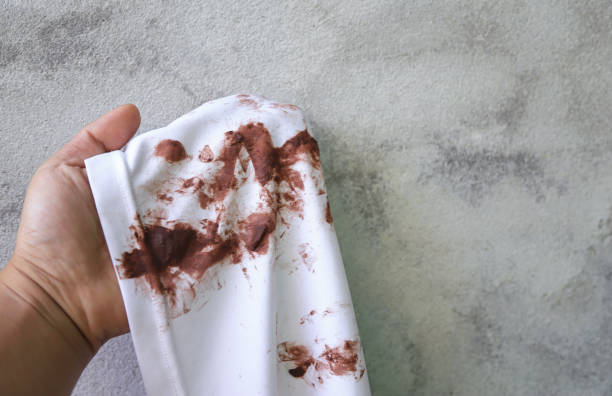
When nibbling or snacking, a chocolate crumb falls on the seating area or sofa. You quickly sit this wide and only notice the mishap later. In order to be able to clean the upholstery properly, proceed as follows: First scrape off the chocolate mass with a paring knife. Then rub the stain with a cloth, lukewarm water, and a little washing-up liquid without enlarging it or smearing it. The detergent dissolves the fat and is absorbed by the cleaning cloth. Then treat the dirt with gall soap to remove the last shadows. Finally, rub the damp area dry with absorbent towels.
Eliminate chocolate stains from velvet and silk
Silk and velvet are very sensitive fabrics, which is why the chocolate grease stain often gets stuck in the fabric. We ingest from the pharmacy is your salvation here. Rub the area with it and then wipe with lukewarm water.

